By Yvonne Rasmussen, UC Master Gardener of Napa County
What flowers in the dead of winter in Napa County? With few pollinators active then, it's not a great time to have flowers that need pollination. Also, the weather is dicey. It could be cold or icy or raining and blowing. But surprisingly, many plants do bloom between late fall and very early spring. So with a little planning. you can have flowers in your winter garden and fresh-cut flowers to bring indoors.
Camellias, cyclamen, primroses and pansies are all blooming in nurseries now. But don't be fooled. Some of these plants have been forced into bloom using light or greenhouse conditions. They may not repeat that winter performance once naturalized in your garden.
The camellia shrub's glossy evergreen leaves provide a wonderful contrast to its flowers, which bloom in various shades of pink, red and white. The flowers come in many color patterns and bloom times and the shrubs take a variety of shapes. According to the American Camellia Society, there are more than 4000 cultivars. You can search the society's website for a camellia that suits you, basing your search on up to 14 plant characteristics.
To find other hardy winter-blooming shrubs with low water needs, I turned to the UC Davis Arboretum All Star listing and the Sacramento Master Gardener's website. The Arboretum All Star plants have been grown and evaluated at the UC Davis Arboretum and are designated as All Stars based on their ease of care and low water needs. Many are California natives but others are from locations around the world that have similar climates and seasonal drought.
Plants from areas that have a Mediterranean-type climate like ours, such as Australia, New Zealand and South Africa, often do well here. When choosing plants from these lists, pay attention to the specific cultivar or variety. The variety may have been developed for specific conditions, such as low water availability, low light or heavy soil. Or it may have other characteristics that distinguish it from the norm, such as smaller size or early bloom time.
Among the California native shrubs that bloom in winter, consider manzanita. It produces its small pink urn-shaped flowers in late winter through early spring. Bees love them. Mahonia is another possibility. It offers large sprays of small aromatic yellow flowers from fall through early winter. Witch hazel blooms from October through March and can tolerate temperatures in the single digits.
For low-growing plants in shade, consider hellebore, also known as Lenten rose, or Algerian iris (Iris ungulicuarus). Both bloom from late fall through early spring. Algerian iris make wonderful cut flowers for bringing indoors.
For bedding plants, you could choose primroses, which bloom in many colors. Make sure they are English primroses if you want winter bloom.
Cyclamen is another great bedding plant that flowers in many shades of pink, red and white. The plant themselves come in various sizes with leaves that may be variegated, rufflee or plain. If you're looking for annuals, viola and pansies bloom all winter in a variety of colors.
Last but not least, there are many bulbs, corms and rhizomes that will bloom from winter through spring and into summer. Many of these can naturalize given some summer shade under deciduous trees or shrubs. They provide a surprise in the garden each winter and spring when they reappear after being dormant all summer. Bright blue-purple crocus, white narcissus and yellow daffodils can create swaths of color over long periods if you plan well.
Winter does not have to be a dull, dreary, colorless time in the garden. Many easy-care plants can bring you flowers even in the dead of winter.
Library Talk: UC Master Gardeners of Napa County will host a free talk via Zoom on Thursday, January 6, from 7 pm to 8 pm, on “Introduction to Espalier.” The espalier technique is a great way to grow fruit in limited space and makes care and harvesting easier. Learn how to plan, plant and maintain an espaliered fruit tree in your landscape. Register at http://ucanr.edu/2022JanEspalier.
Got Garden Questions? Contact our Help Desk. The team is working remotely so please submit your questions through our diagnosis form, sending any photos to mastergardeners@countyofnapa.org or leave a detailed message at 707- 253-4143. A Master Gardener will get back to you by phone or email.
For more information visit http://napamg.ucanr.edu or find us on Facebook or Instagram, UC Master Gardeners of Napa County.
Attached Images:
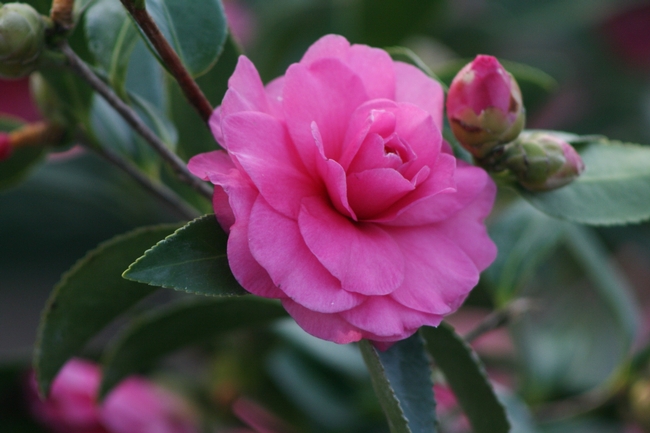
Camellia. (monrovia.com)
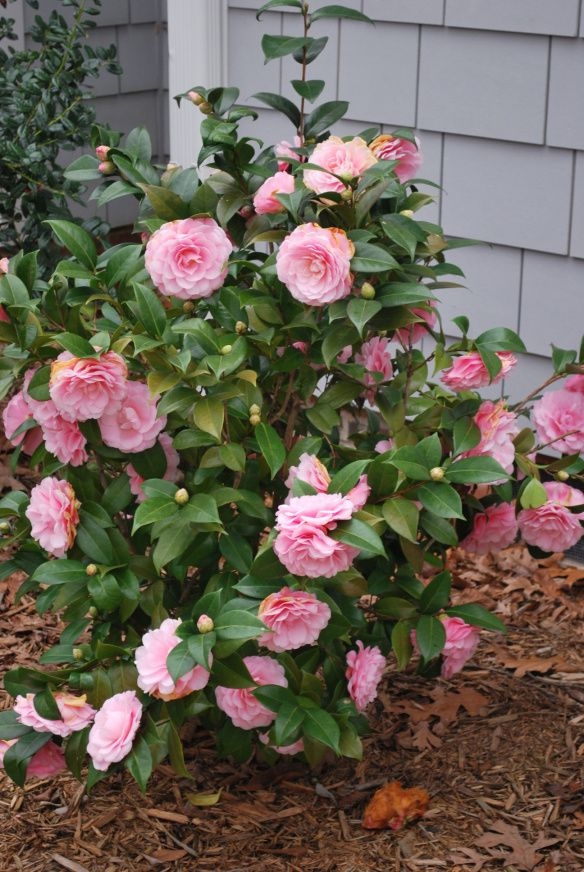
Camellia plant in garden. (dailysupplies.us)
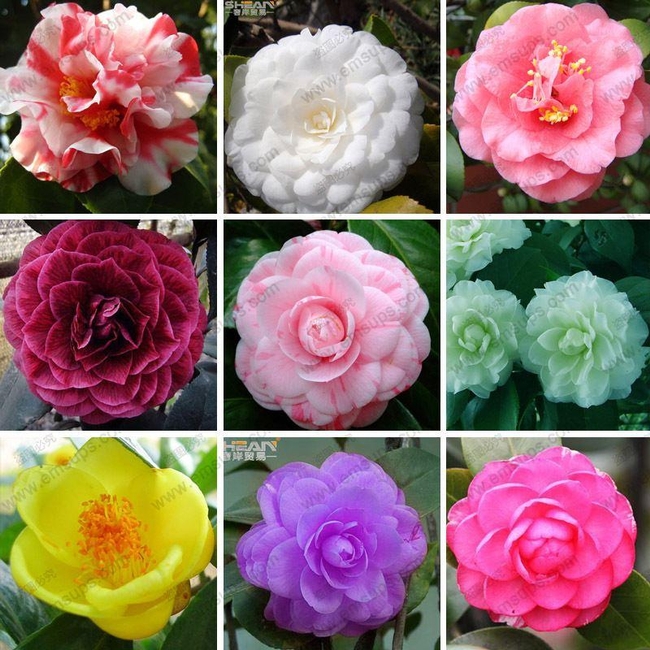
Colors of camellias. (dhgate.com)
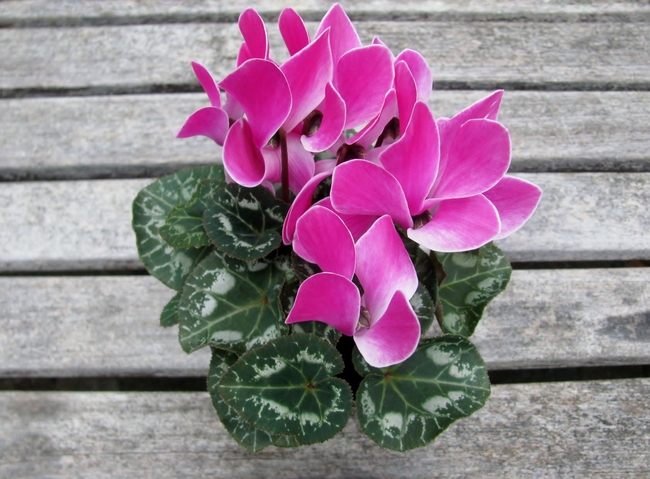
Cyclamen. (gardenerdy.com)
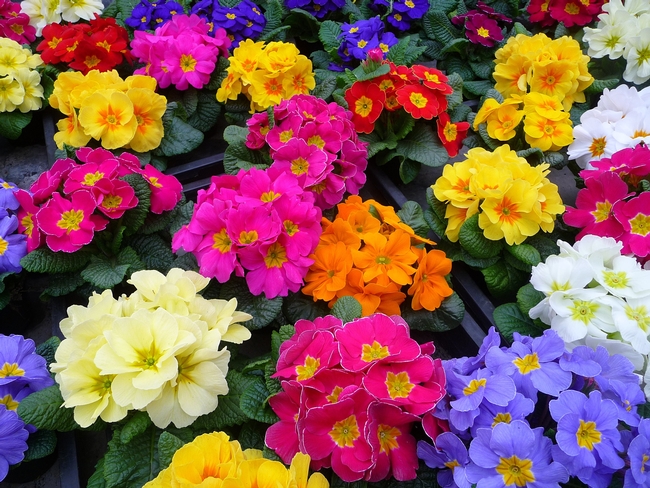
Colors of English primrose. (seedvilleusa.com)
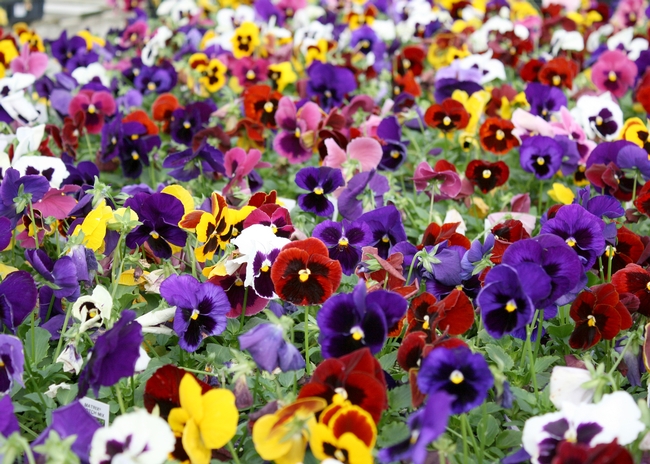
Colors of pansies. (extension.msstate.edu)
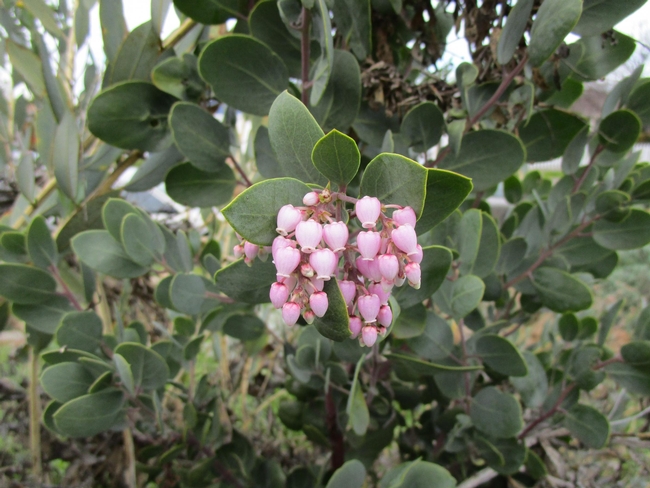
Manzanita. (lindavistanatives.com)
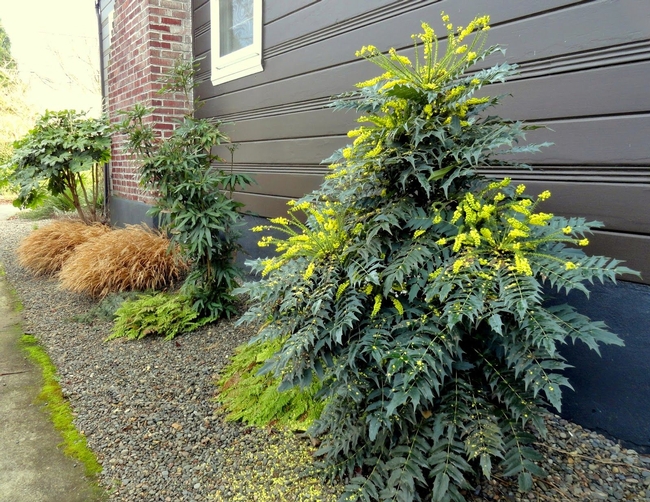
Mahonia. (pinterest.com)
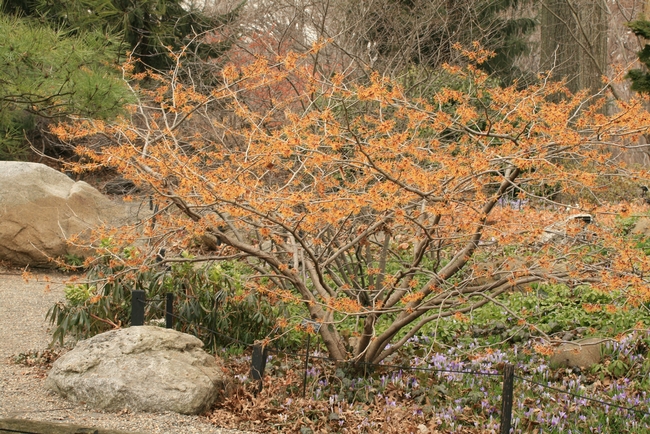
Witch hazel shrub. (yourgardensanctuary.com)
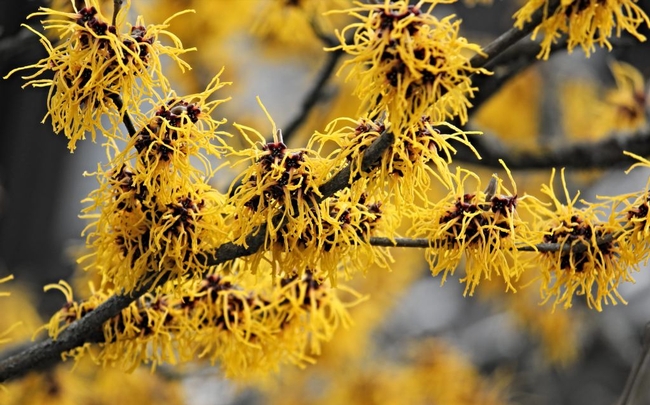
Flowering witch hazel. (nature-and-garden.com)
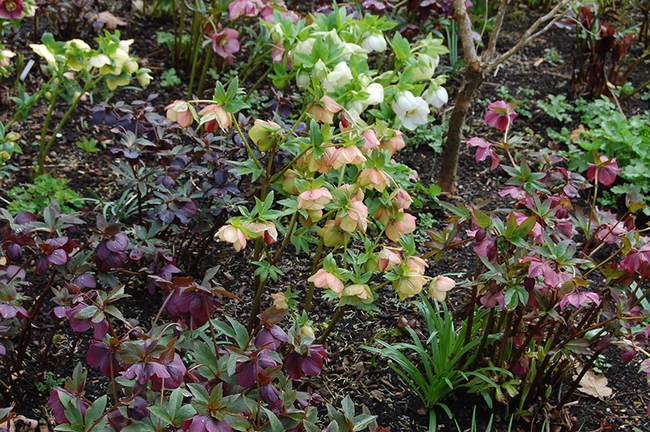
Hellebore in the garden. (northwestgardennursery.com)
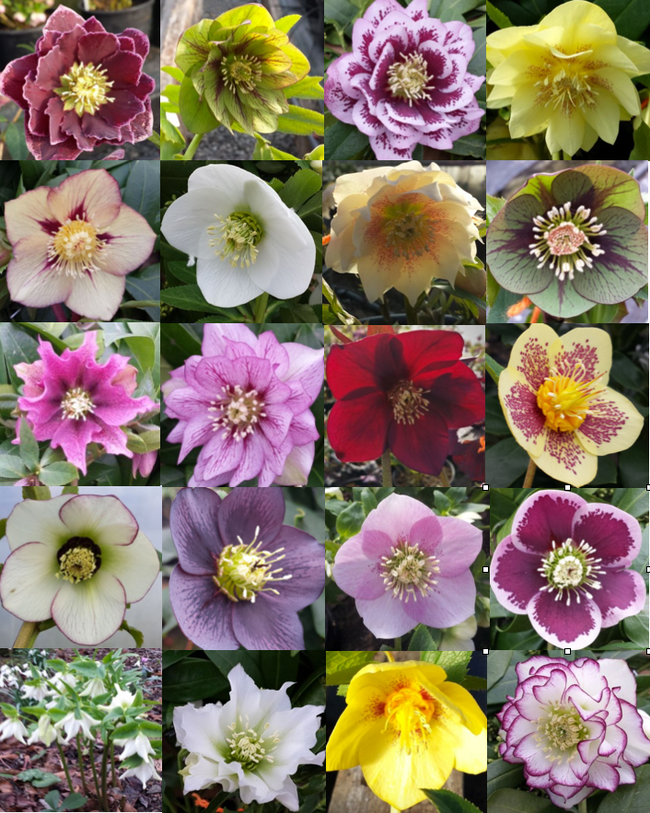
Colors of hellebore. (farmyardnurseries.co.uk)
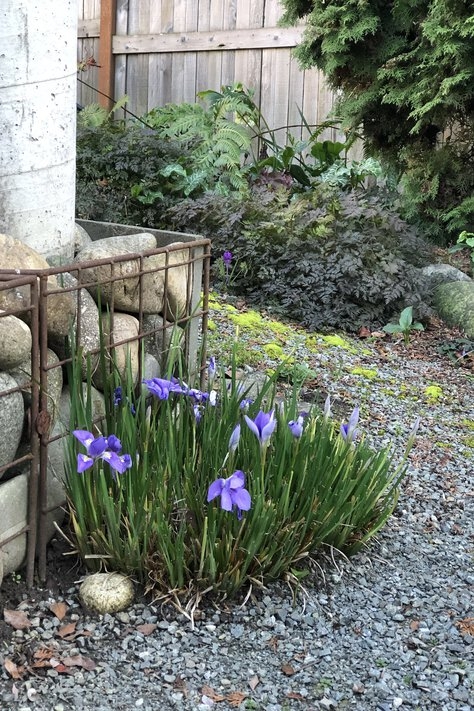
Algerian iris. (seattletimes.com)
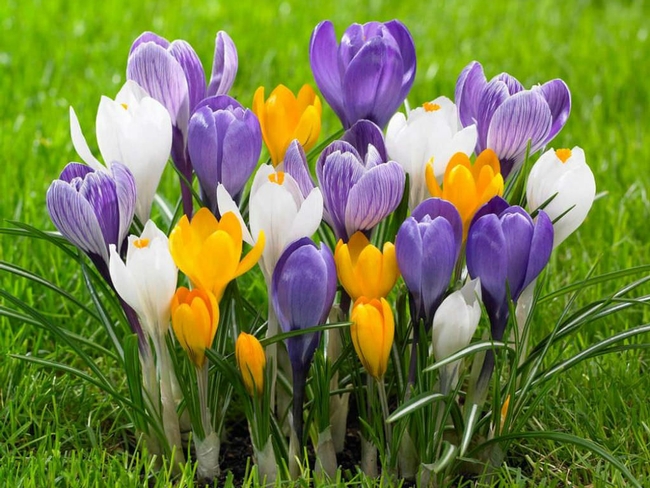
Crocus. (worldoffloweringplants.com)
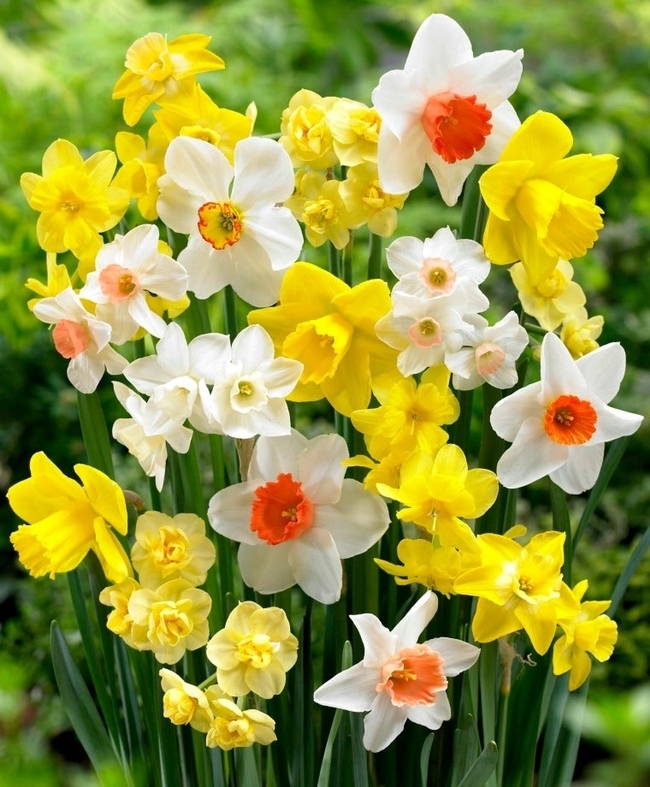
Narcissus and daffodil. (reneesgarden.com)